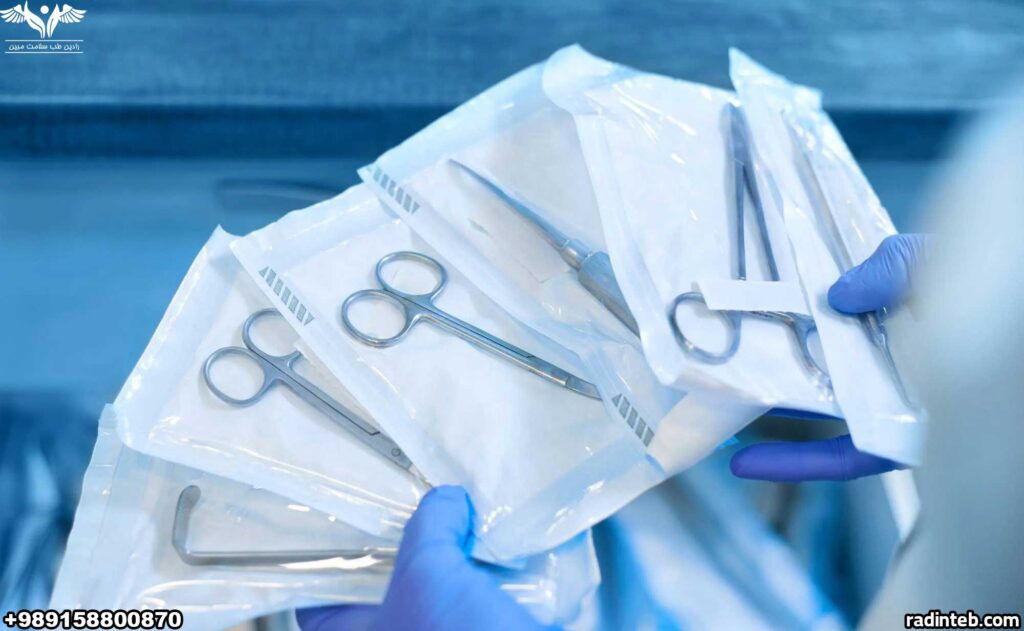
Surgical Pack Sterilization Methods in Healthcare Facilities
Introduction
Sterilization plays a crucial role in modern healthcare. Surgical packs, which contain essential instruments and drapes, must be completely sterile to protect patients from infections. Proper sterilization not only ensures safety but also extends the usability of medical tools. In this article, we will explore the most important methods of surgical pack sterilization, their advantages, and the key steps for maintaining high standards in medical centers.
Why Surgical Pack Sterilization Matters
-
Prevents post-surgical infections
-
Ensures patient safety during operations
-
Reduces hospital-acquired infections (HAIs)
-
Improves the efficiency and reliability of surgical procedures
Common Methods of Surgical Pack Sterilization
1. Steam Sterilization (Autoclaving)
Steam sterilization is the most widely used technique in hospitals. High-pressure steam at 121–134 °C destroys bacteria, viruses, and spores.
-
Advantages: Fast, reliable, eco-friendly.
-
Limitations: Not suitable for heat-sensitive instruments.
2. Ethylene Oxide (ETO) Sterilization
ETO gas is used for instruments that cannot withstand heat or moisture.
-
Advantages: Suitable for delicate tools and plastics.
-
Limitations: Toxic, requires long aeration time.
3. Hydrogen Peroxide Plasma Sterilization
This advanced method uses plasma derived from hydrogen peroxide.
-
Advantages: Low-temperature process, safe for sensitive materials, environmentally friendly.
-
Limitations: Expensive and requires specialized equipment.
4. Dry Heat Sterilization
Dry heat kills microorganisms by oxidation. It is less common but effective for glassware and powders.
-
Advantages: Simple process, no moisture.
-
Limitations: Requires higher temperature and longer time.

5. Gamma Radiation Sterilization
Used mainly for large-scale industrial sterilization of pre-packaged surgical packs.
-
Advantages: Effective for bulk sterilization.
-
Limitations: High cost, requires special facilities.
Best Practices for Healthcare Facilities
-
Always follow the manufacturer’s instructions for sterilization.
-
Regularly monitor and validate sterilization equipment.
-
Train staff on sterilization protocols and infection control.
-
Maintain proper storage conditions to keep packs sterile until use.
About Radin Teb
Radin Teb specializes in surgical packs, hospital clothing, masks, and syringes. With a strong commitment to safety and quality, Radin Teb provides healthcare centers with reliable products that meet international standards. Choosing Radin Teb ensures access to sterile, safe, and high-quality medical supplies.
Frequently Asked Questions (FAQ)
1. What is the most common method of surgical pack sterilization?
Steam sterilization (autoclaving) is the most common method because it is fast, cost-effective, and reliable.
2. How long does ethylene oxide sterilization take?
It can take up to 12 hours, including aeration time, to ensure all toxic residues are removed.
3. Can surgical packs lose sterility over time?
Yes. If not stored properly, sterile packs can become contaminated. Regular monitoring is essential.
4. Which method is best for heat-sensitive instruments?
Hydrogen peroxide plasma and ethylene oxide are ideal for heat-sensitive medical devices.

